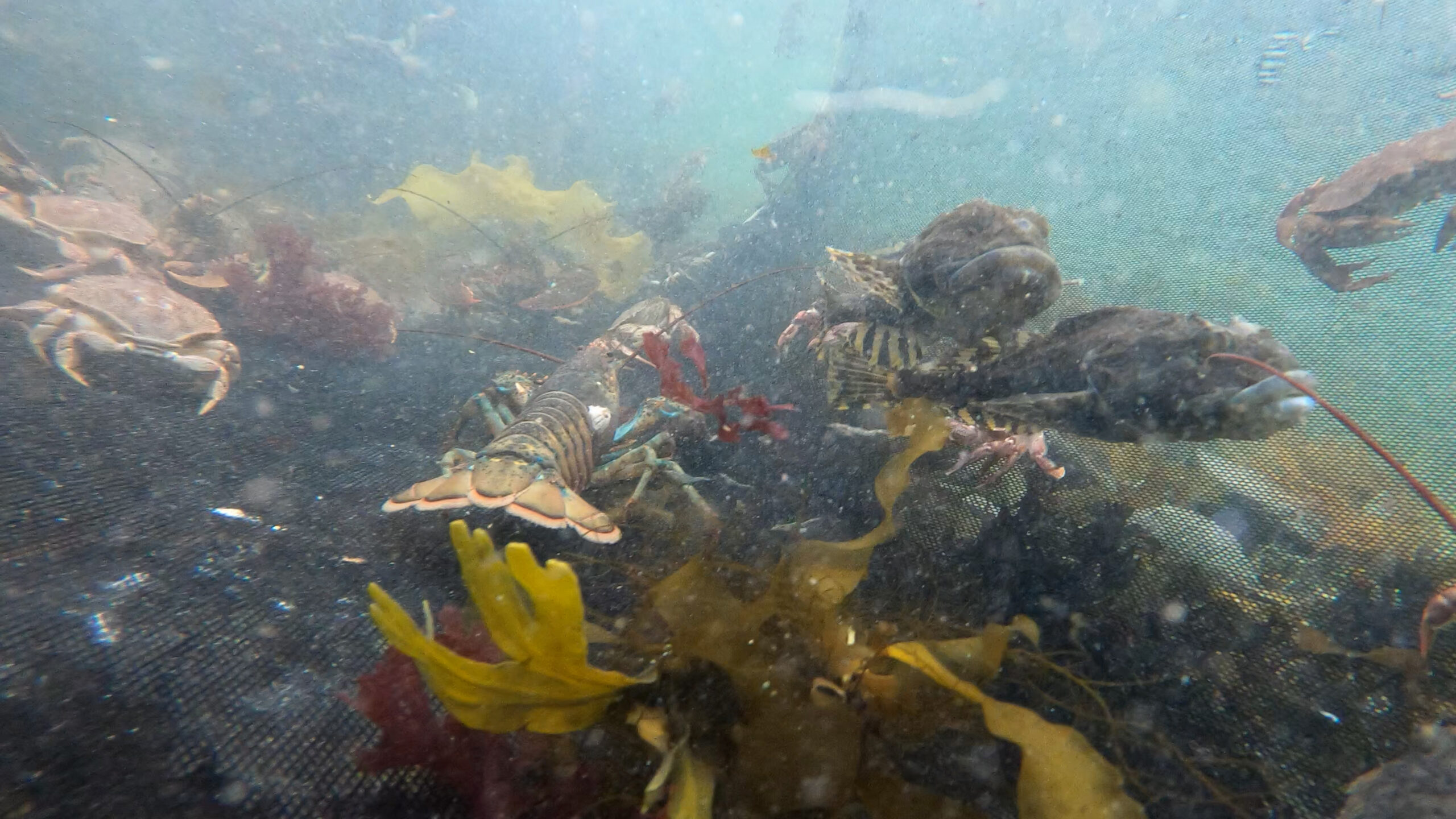
SIZE:
10 cm to 30 cm, can reach up to 70 cm.
LIFE EXPECTANCY:
Less than 1 year.
LIFE CYCLE:
The reproductive process is still unclear to scientists. The assumption is that slimy whip weed reproduces like other brown algae. However, this theory remains to be confirmed.
Brown algae reproduce sexually. Spores are released, giving rise to organisms called gametophytes. These produce male and female reproductive cells. When they meet, a new alga is formed.
Slimy whip weed is a thread-like algae. Its frond consists of a main axis, to which are attached long, whip-like branches no more than 3 mm wide. These threads can carry many shorter ones. Its colour varies from dark brown to black.
Coastal zone, up to 3 m depth.
Slimy whip weed clings to rocky bottoms and likes areas exposed to waves.
PREYS:
CO2
Solar energy
PREDATORS:
Herbivorous molluscs
This alga is not yet commercially harvested in Québec.
Slimy whip weed is a Smarter seafood-listed species.
BENEFITS:
Brown algae from the Chordariaceae family contain several health-promoting elements, such as dietary fibre and antioxidants.
Moreover, certain isolated compounds are thought to have potential anticoagulant, antiviral and immunological properties.
LET’S COOK:
Slimy whip weed is in the same family as mozuku (Chordariaceae), an alga from the Okinawa region of Japan. It could therefore be eaten in a similar way. Traditionally, the Japanese serve this type of alga raw in a vinegar sauce. They also use it in soups. Slimy whip weed is said to have a “slightly slimy, yet appetizing” texture.
The waters of the St. Lawrence are known for their good quality. However, as algae absorb the elements present in the water to grow, it is preferable to ensure that the harvesting site is clean before eating this species fresh.






